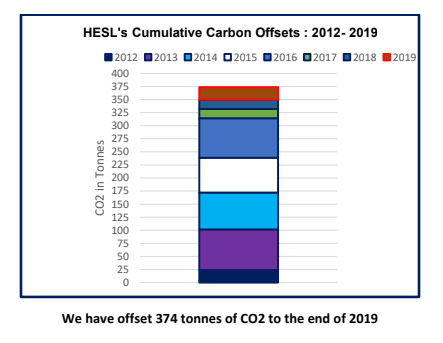
Commitment to Sustainability

// by Richard Nesbitt

// by Richard Nesbitt
Polar Knowledge: Aqhaliat Report is an online, open-access report published annually by Polar Knowledge Canada (POLAR). It disseminates and promotes awareness of new knowledge generated by POLAR and its Canadian and international partners over the previous year. We are pleased that two of the studies that we completed with the Kivalliq Inuit Association were peer reviewed and accepted in the inaugural publication in 2018.
Scientific methods used to assess environmental changes in the Arctic are well established. However, researchers face vast, inaccessible expanses with a harsh climate. This presents logistic and financial challenges few other places in Canada experience. Community based monitoring may improve our ability to track changes in Canada’s North. A major barrier is that there is no set methodology to match observations made by Inuit while on the land with many scientific indicators.
This project explored links between The Inuit Qaujimajatuqangit (IQ) and western science knowledge systems through a series of semi-directed interviews with knowledge holders led by a “curious scientist.” The focus was on specific water quality indicators. The interviews asked targeted questions to identify where these indicators and Inuit observations meet. Three interviews were held for each group of participants. The last set were held at sites known to have consistently high- or low-quality drinking water.
Water at the interview sites was sampled while the last interview was conducted. This helped to identify a set of substances found in the water to use as common indicators that describe the aquatic environment. These common indicators connect the two knowledge systems. They can be used to establish baseline conditions and measure the impact of stressors. Their use may help refine aquatic monitoring programs to better address community concerns. The result will be a more holistic understanding of the aquatic environment using both knowledge systems.
A PDF copy of the full paper may be accessed here.
R.A. Nesbitt1, N.J. Hutchinson1, H.E. Klein2, B.L. Parlee3, J. Hart4, J. Tulugak4, and L. Manzo4
https://www.canada.ca/en/polar-knowledge/aqhaliat/limnological-conditions.html
The Baker Lake Cumulative Effects Monitoring Program — also known as “Inuu’tuti” — uses both western science and Inuit Qaujimajatuqangit. The program measures any changes in Baker Lake and the waters flowing into it. These changes can result from mining activities, the way the land is used, or the warming climate.
Baker Lake is a typical large Arctic lake. It is cold, low in nutrients, has plenty of oxygen for fish, and metals are very low. This project measured baseline water quality in the lake during two open water surveys in August 2015 and 2017 and one under-ice survey in May 2016. Knowing the current conditions will help to understand changes in the future. Two items of concern for residents were measured:
The fishy taste is likely caused by a type of golden algae. These microscopic plants release substances that create a “fishy” taste and odour in the water at certain times of the year.
The salty taste is noticed when low lake levels and high tides or winds at Chesterfield Inlet allow ocean water to spill into Baker Lake. The ocean water mixes with surface waters, leading to a salty taste. This was also documented in a scientific study in 1965. The results of this project showed that there was always some ocean water at depth in the lake. However, the amount of ocean water and the depth it occurred at changed over the seasons and between years.
A PDF copy of the full paper may be accessed here.
N.J. Hutchinson1, K.R. Hadley1, R.A. Nesbitt1, and L. Manzo2. 2018.
// by Richard Nesbitt
As a team, we work in the wide reaches of a large province in an even larger country.
While we encourage web conferencing before travel, we often need to travel to meet with our clients and pursue our projects. For this reason, we started using a portion of our revenue to offset road travel in 2012 and added air travel in 2014.
When we travel, we calculate our emissions and purchase offsets through two certified companies:

We have also contributed to the energy research and advocacy activities of the Pembina Institute.
Visit www.pembina.org for more information.
